#texas state parks
Text
My favorite state park. ❤️❤️
2 notes
·
View notes
Text
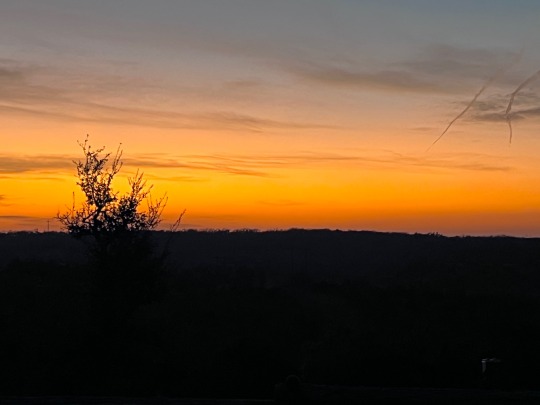

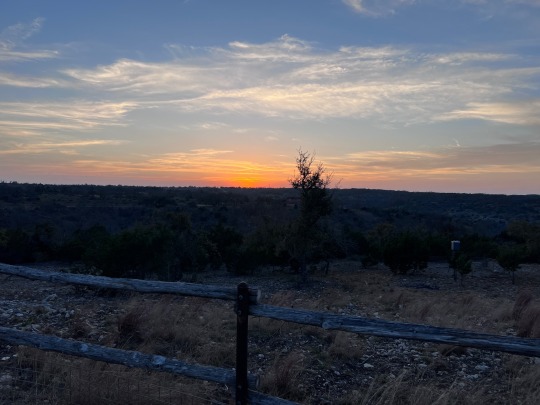
Near Enchanted Rock in the Texas Hill Country
#the texas hiker#nature photography#nature#texas hill country#texas#texas state parks#enchanted rock#sunset#fredericksburgtx
10 notes
·
View notes
Text
Hiking the Cave Trail at Palo Duro Canyon State Park
The Cave Trail at Palo Duron Canyon State Park isn’t an official trail but a bunch of unmarked trails created by visitors to find the best way to get to the cave. Depending on which trail you take it’s about .9 miles there and back. If you do not stop to explore/photograph the cave area it should take you about 20 minutes to complete.
How to Get To The Cave Trailhead
There is not a sign or an…
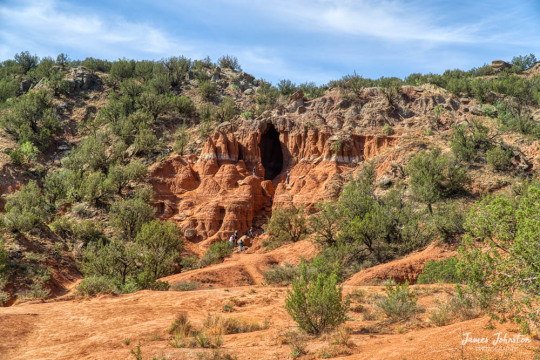
View On WordPress
0 notes
Text
Celebrating the 100th Anniversary of Texas State Parks
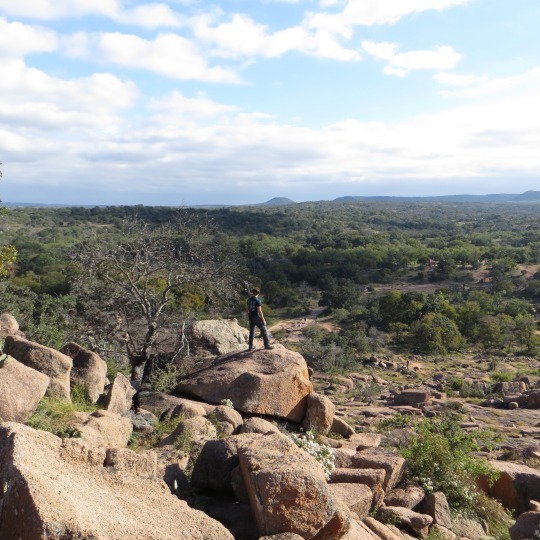
View On WordPress
0 notes
Text
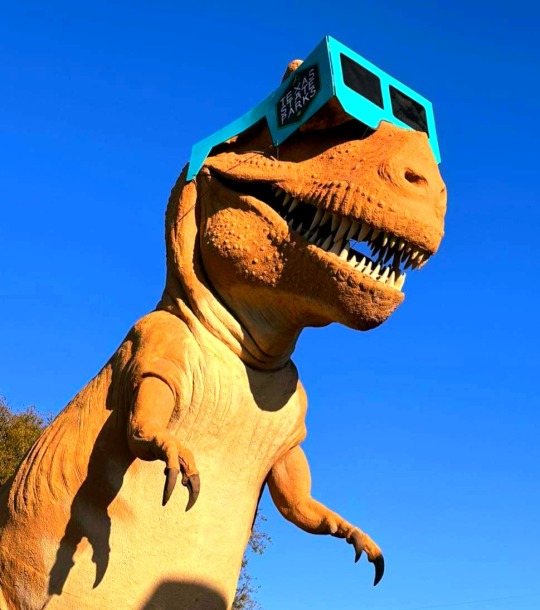
Ready for the e-clipse.
107 notes
·
View notes
Text
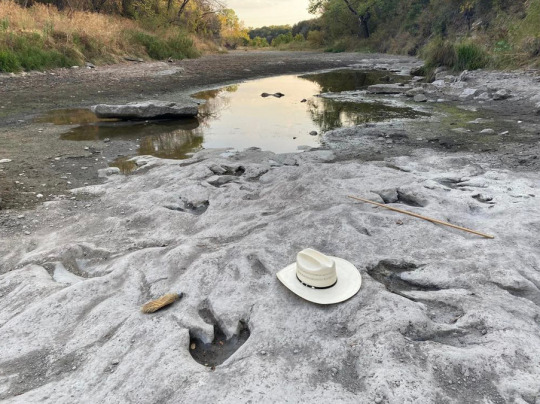
[ Some of the approximately 75 dinosaur tracks discovered at the site. Photo courtesy of Paul Baker / Friends of Dinosaur Valley State Park. ]
"Drought has dried up part of a river in central Texas, revealing 113-million-year-old dinosaur tracks.
The prehistoric footprints emerged at Dinosaur Valley State Park, which is located in the town of Glen Rose, southwest of the Dallas-Fort Worth area.
As the name suggests, the park already protects other dinosaur footprints. But the tracks that recently emerged are usually hidden under the mud, silt and waters of the Paluxy River. This summer, however, water levels have dipped so low that the prehistoric indentations are now visible. So far, volunteers have counted 75 newly exposed footprints in the parched riverbed.
“It has been another very hot, very dry year, so our researchers are trying to take advantage of the drought,” says park superintendent Jeff Davis to the Dallas Morning News’ Sarah Bahari.
Two different types of dinosaurs likely made the footprints, according to park officials. One was Acrocanthosaurus, a 15-foot-tall carnivore that weighed approximately 14,000 pounds. As the gargantuan reptile walked around the area on two legs, it left behind the outline of its three-toed feet. The other was Sauroposeidon proteles, which has been the official state dinosaur of Texas since 2009. This long-necked behemoth may have measured up to 100 feet long and weighed closer to 88,000 pounds. It left behind larger, bulbous-shaped tracks that are similar to elephant footprints."
Read more: "Drought Reveals 113-Million-Year-Old Dinosaur Tracks in Texas" by Sarah Kuta.
#palaeoblr#Dinosaur Valley State Park#Texas#Acrocanthosaurus#Sauroposeidon#Dinosaurs#Cretaceous#Mesozoic#Prehistoric#Extinct#Theropod#Sauropod#Sauroposeidon proteles#Trace fossil#Article#Photo
278 notes
·
View notes
Text




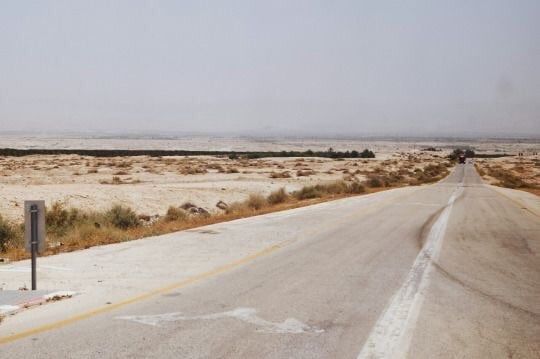
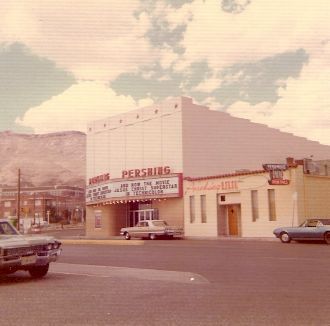
nothing ever makes me as happy as the little things do or the things that get me nowhere
#lone star state#lizzy grant#trash magic#rural america#southern gothic#americana#texas#pawn shop blues#rural aesthetic#trailer park aesthetic#country core#small town#80s aesthetic#american gothic#queen of the gas station#girlblogger#girl interrupted#80s#small town girl#small town america#my post
280 notes
·
View notes
Text


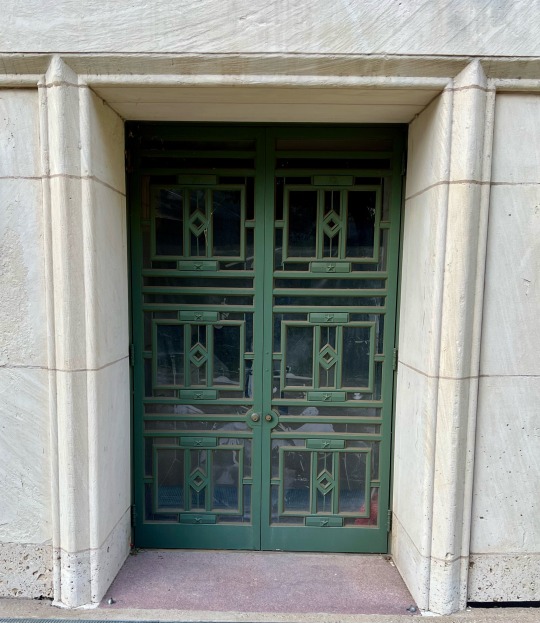


Details from the rear of the Hall of State at Fair Park, Dallas, Texas, USA
Designed and built for the Texas Centennial Exposition in 1936.
Architect: Donald Barthelme, et al
62 notes
·
View notes
Text

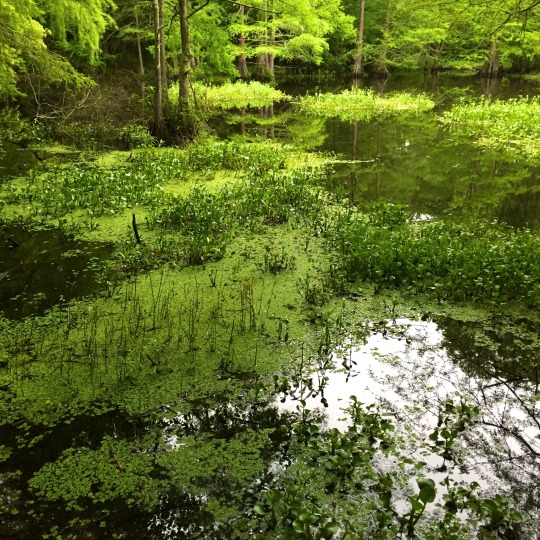
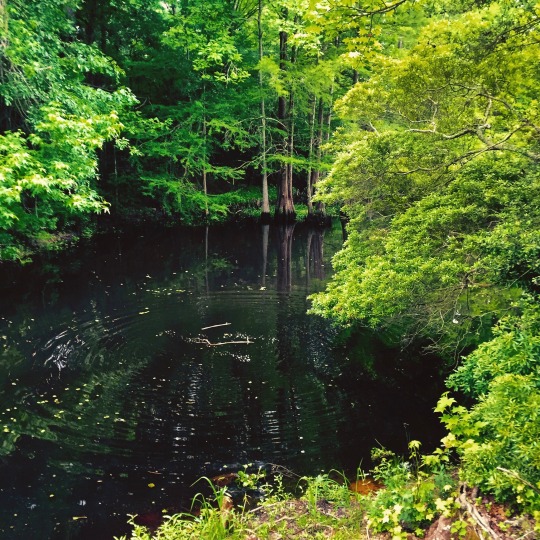

east texas
#swamp#mine#Martin dies jr state park#Texas#nature#photography#green#water#lake#trees#plants#moodboard#forest#woods#naturecore#forestcore
524 notes
·
View notes
Photo
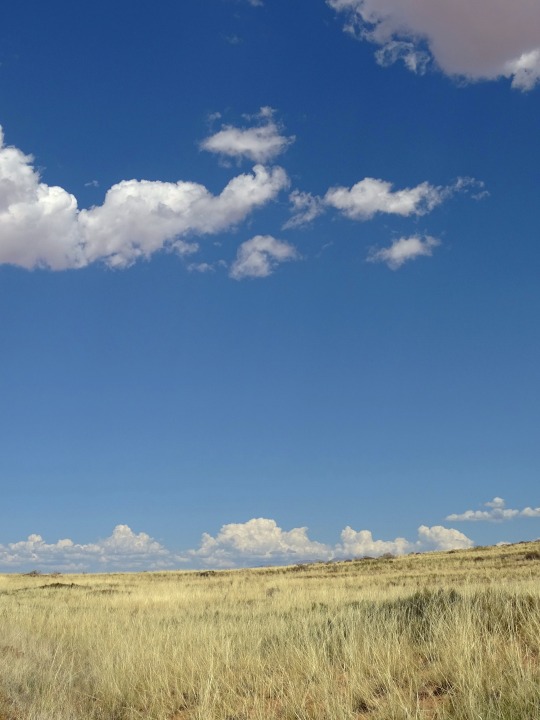
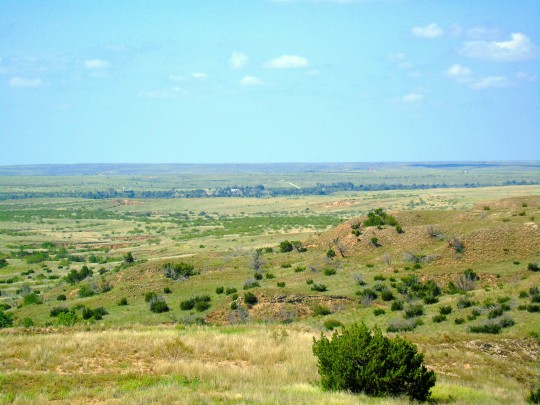
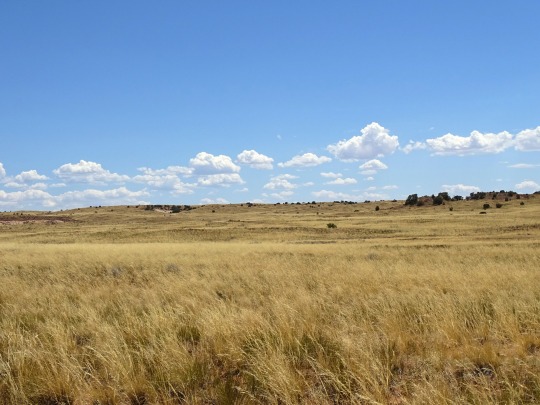

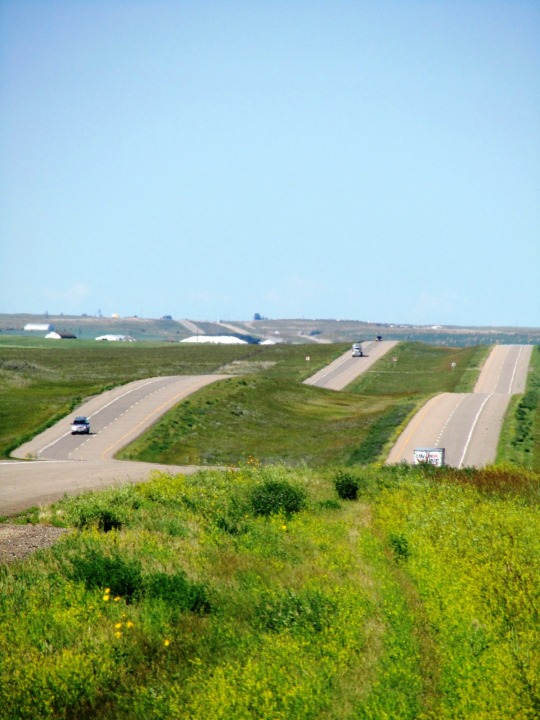
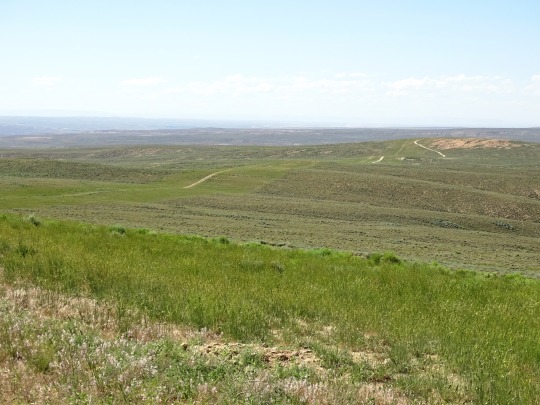
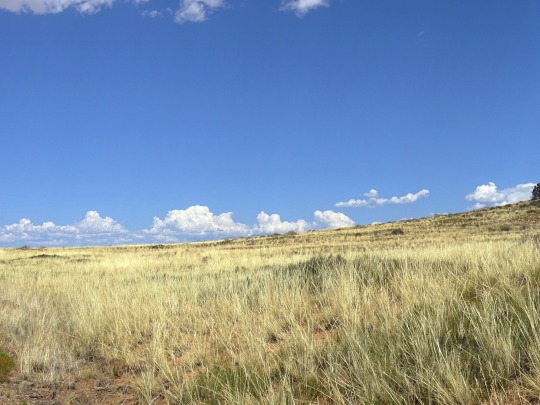

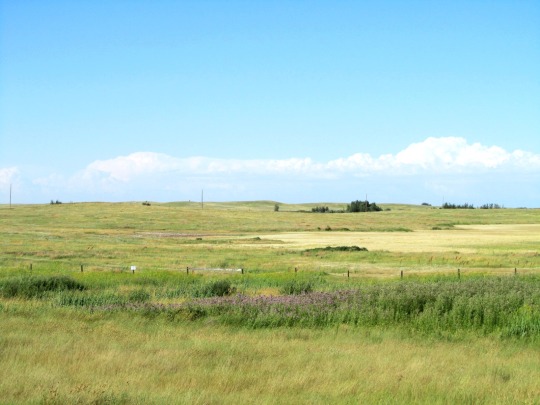
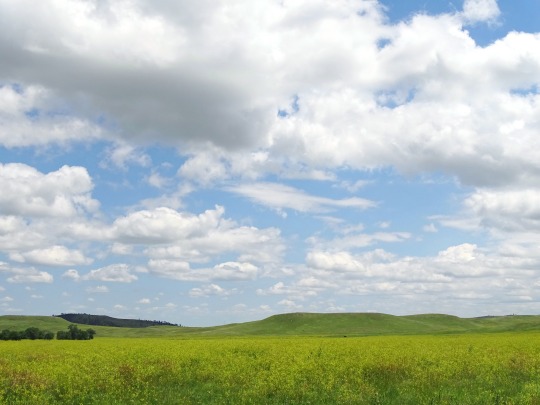
National Prairie Day
National Prairie Day, on June 3 this year, celebrates the beauty and ecological value of this often-overlooked ecosystem. Spanning more than a dozen American states and several Canadian provinces, the North American prairie is a vast grassland that offers more biodiversity and beauty than most people realize. With their endless, gently rolling plains and highly productive soils, prairies have been a valued location for farming and ranching for thousands of years. Today, only 1% of tallgrass prairie in the United States remains untouched by farming or development. National Prairie Day promotes the appreciation and conservation of America’s native prairies.
History of National Prairie Day
The United States is home to a dazzling array of geographies and environments. Some, like the towering redwoods of California or the majestic cascades of Niagara Falls, enjoy worldwide reputations as media darlings and tourist hotspots. Other ecosystems, like the humble prairie that covers much of the interior United States, receive fewer accolades but play crucially important roles in the development of the nation.
Defined as a flat grassland with a temperate climate and derived from the French for ‘meadow,’ ‘prairie’ has become almost synonymous with the expansion of the American frontier. Flanked by the Great Lakes and the grandiose Rocky Mountains, the North American prairie extends across 15% of the continent’s land area. Other examples of similar grasslands around the world include the pampas in Argentina, the Central Asian steppes, and the llanos of Venezuela.
There’s more to the prairie than meets the eye. In fact, tall grass prairies host the most biodiversity in the Midwest and provide a home for dozens of rare species of animals and plants, including bison, antelope, elk, wolves, and bears.
Native prairies face extinction as more and more land is converted to agricultural and ranching use. Due to its rich, fertile soil, prairie land is prized for agricultural use. Around the world, almost three-quarters of agricultural regions are located in grassland areas. With only 1% of tallgrass prairie in the U.S. remaining untouched, the American tallgrass prairie is now one of the most endangered ecosystems on the planet. The Missouri Prairie Foundation launched National Prairie Day in 2016 to raise awareness and appreciation for the nation’s grasslands. The organization seeks to protect and restore native grasslands by promoting responsible stewardship, supporting acquisition initiatives, and providing public education and outreach.
National Prairie Day timeline
6000 B.C. The Prairie Forms
The North American prairie forms roughly 8,000 years ago when receding glaciers give way to fertile sediment.
1800s The American Prairie Decimated
Throughout the 19th century, farmers and ranchers, excited about the rich potential of prairie soil, convert almost all of the American prairie to farmland and grazing land.
Early 1930s The Dust Bowl
The combination of years of mismanagement, the stock market crash, and drought conditions come to a head as thousands of families in Oklahoma, Texas, and other parts of the Midwest lose everything when their farms fail, driving them to California and elsewhere to seek work in more fertile fields.
2016 First National Prairie Day
The Missouri Prairie Foundation launches the National Prairie Day campaign to promote awareness and conservation of the vanishing ecosystem.
National Prairie Day FAQs
Why don't prairies have any trees?
The environment of the prairie, with its flat terrain, regular droughts, and frequent fires, is uniquely suited to grasses that don’t require a lot of rainfall or deep soil to thrive.
Why are prairies important?
The prairie provides an irreplaceable home for hundreds of plant and animal species, as well as exceedingly fertile soil for human agriculture and ranching. Prairie destruction has had catastrophic effects, like the Dust Bowl that decimated American farms in the 1930s. Prairies also contribute to the conservation of groundwater.
Why did the Dust Bowl happen?
The Dust Bowl disaster that swept the U.S. and Canada in the 1930s had several natural and man-made causes, including severe drought and a failure to properly manage farmland and conserve precious topsoil. A series of intense dust storms wiped out agriculture, eroded the soil, and left the land unable to produce crops.
National Prairie Day Activities
Learn about the prairie
Donate to a conservation group
Plan a visit to a famous prairie
Do a little research to learn about this important American ecosystem and the role it has played in the cultural and economic development of our country.
If you're concerned about the loss of the American prairie, donate to a grasslands conservation group to support their work.
Do you live near a prairie? Try finding the grassland nearest you and plan a visit.
5 Interesting Facts About Prairies
‘Prairie schooners’
Dogtown
Where the buffalo roam
Carbon hero
Rising from the ashes
During the 1800s, when Americans embarked on the long journey westward, their covered wagons were often referred to as ‘prairie schooners.’
Prairie dogs live in vast networks of underground burrows called ‘towns,’ which can cover hundreds of acres and house thousands of prairie dogs with complex social relationships.
When Europeans first arrived in North America, up to 60 million bison roamed the plains — by 1885, there were fewer than 600.
Prairies can help fight climate change — one acre of intact prairie can absorb about one ton of carbon each year.
On the prairie, wildfires can actually be a healthy thing — with more than 75% of their biomass underground, prairie plants are uniquely suited to surviving and thriving after a fire.
Why We Love National Prairie Day
The prairie often gets overlooked
Native grasslands are critically endangered
It reminds us of the diversity of America's ecosystems
It's not often we remember to celebrate grasslands, yet the prairie plays an important role in America's cultural past and environmental future.
With only 1% of America's native prairie remaining, it's more urgent than ever to conserve and protect this vital resource.
The United States has more environmental variety than almost any other country on earth. Celebrating each unique ecosystem reminds us to appreciate and protect all the beauty our country has to offer.
Source
#Colorado#South Dakota#Wyoming#Alberta#Saskatchewan#nature#flora#WickBeumee Wildlife Habitat Management Area#Custer State Park#Rock Springs#Pilot Butte Wild Horse Scenic Loop#Trans-Canada Highway#Texas#landscape#countryside#summer 2022#2019#original photography#wildflower#meadow#first Saturday in June#3 June 2023#National Prairie Day#NationalPrairieDay
60 notes
·
View notes
Text
Trip to Palo Duro Canyon
5 notes
·
View notes
Text
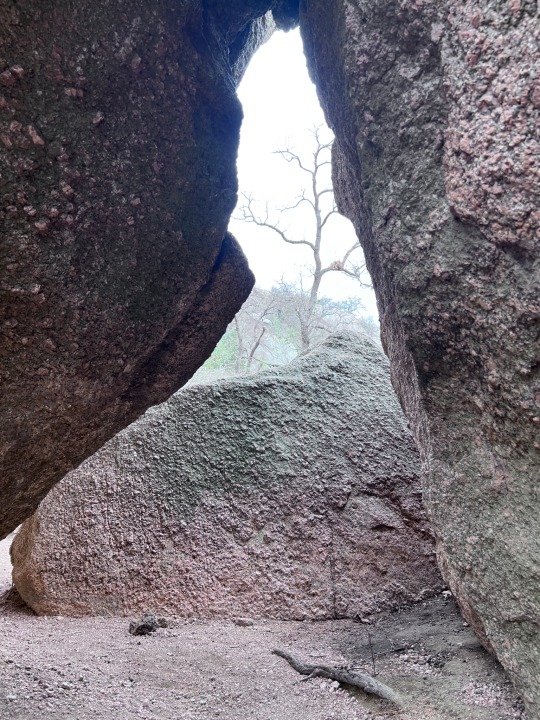
Enchanted Rock State Park in the Texas Hill Country
#the texas hiker#nature photography#nature#texas hill country#hiking#texas#texas state parks#enchanted rock
1 note
·
View note
Text
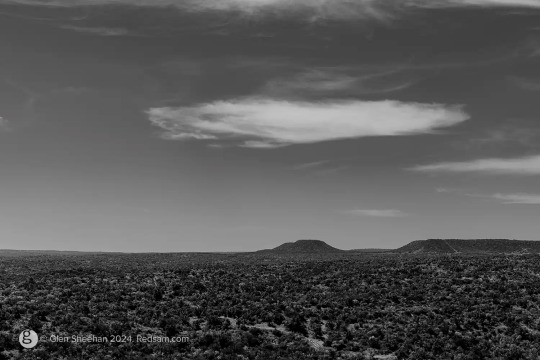
Hill Country Horizon, from Heart of Texas Gallery on Redsam.com.
#photography#photographers on tumblr#my photos#gallery#art print#black & white#landscape#landscape photography#canon photography#texas#hill country#Fredericksburg#state park#austin texas
9 notes
·
View notes
Text
Hiking Daingerfield State Park
Daingerfield State Park is located in Daingerfield, Texas, and is about 2 hours from downtown Dallas. The park is located in the Piney Woods of East Texas where you can explore the forest, hike the trails, paddle Little Pine Lake, or relax at a campsite.
Park Location:
455 Park Road 17
Daingerfield, TX 75638
Things To Do:
You can go for a hike, birding, or geocaching. Study nature, camping, or…
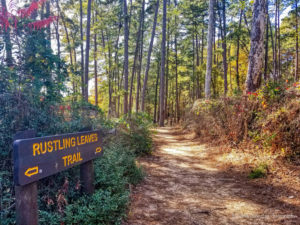
View On WordPress
0 notes
Text

Wow me, drawing Jersey? Craazzzyyyyy
Anyway, I had an original design for this type of look on the Ipad, ended up not looking at it once since I apparently have memory. Kinda glad I didn't since I could go just by memory and figure it out as I went along ya know. (ps, for those who don't normally read tags just like, please do, i put so many lil things in there lolz)
Okay SO, I have this lil headcanon, nothin big, that Jersey didn't used to wear shorts until like 2000 or something, maybe a bit before then. This is because he has some scars on his legs, just from over the years, and wearing shorts not only shows those but also make it easier for him to get scrapes and such.
He was fine wearing shorts around NY, Del, and Rhode, occasionally Mass as well if he happened to be around at the time. He couldn't wear them around anyone else for a long time, some scars had Memories(tm) attached to them, some good most bad, so he just never wore shorts.
He's gotten a lot more comfortable wearing them around the other states over the years, mainly because of Covid where Mass unfortunately wouldn't let him keep wearing the same two pairs of pants. So he's fine now, if still a lil uncomfortable around some states (the west mainly), you just won't see him wearing them until it's the first day over 60 in state.
Anyway I love NJ but this isn't surprising, I live here. I am NOT a simp for this bitch, he's my state, I have to like him, 'sides who else would I attach to? Pennsylvania? Florida? Or god forbid NEW YORK!? Absolutely not, that's sacrilegious that is.
#welcome to the table#wttt#wttt new jersey#wttsh new jersey#also#jersey with a bun#how we feelin bout it#i personally love it#like i love the idea that his hair is shorter underneath#like maybe from an undercut thats just outgrown?#also also the headband he's using is one of SJs#although they are more like communal headbands#since yorkie connie and a few other northers “borrow” them#i feel like this pic was taken sometime during the summer#either at the shore or a roller rink#i feel like jersey would drag the group out all the time during the summer#the group being york connie penn rhode florida loui cali new mex north dakota and occasionally texas and kentucky#florida and loui only join because of cali#connie because there needs to be one “responsible” adult to supervise (he isnt much better but is trusted)#nd because jersey is very persuasive (he really isnt but nd caves quickly)#texas mainly joins when food is involved or its a rodeo#and kentucky would just more but sigh horses#honestly more states would join but they either learned their lesson (cough The Action Park Incidents(tm) cough)#or jersey never thought to ask them because the poor boy has self esteem problems since apparently NJ is one of the most disliked states#still sad about the btw cause NJ is so nice but also please stay away we dont want you here#anyway he thinks that most states dont like him so he only invites those that he knows dont hate him#so most of OG13 plus florida and loui
9 notes
·
View notes
Text
It sounds like satire: a beloved Texas state park has been sold to a Dallas real estate guy, who plans to develop it into a private gated community. How could this happen?
The answer: an old lease agreement, some bad timing, and a series of bizarre fumbles by the state of Texas itself.
For The Texas Observer, I wrote about the last days of Fairfield Lake State Park.
69 notes
·
View notes